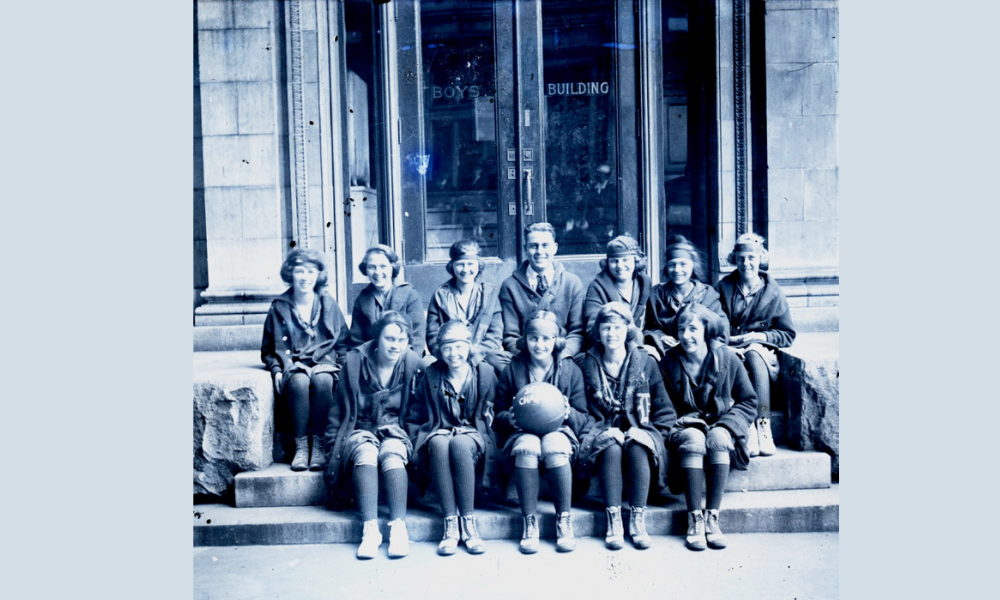Chapman Powell: Early ‘Heroic’ Medicine in Decatur
Chapman Powell was a unique character. His cabin, called the “Medicine House,” currently resides at the Stone Mountain Plantation.
“Isn’t it a bit unnerving that doctors call what they do ‘practice’?” – George Carlin
We have romanticized images of the past. We perceive settlers on the frontier as bravely weathering obstacles, standing resolutely against all odds. Yet, such a life had high costs. Nothing was ever constant but, rather, always in flux; even the smallest things could be dangerous. Life was a treasure, not something to be taken for granted. In early Decatur, the average lifespan was around twenty-eight years. Infant mortality rates were high. Only the hardiest, those people composed of copious grit and some luck, lived longer. Disease and sickness abounded: malaria, bilious fever, pleurisy, pellagra, hookworm and yellow fever were all ready to take your life at any quick turn.

Pictured is Chapman Powell’s medicinal still which he created his ‘miracle cures’ from herbs and shrubs growing in Cherokee territory.
The city and county were healthy during the early years. Sure, some risks were present then, but the actions of settlers worsened living conditions. They changed the topography and environment, reshaping the earth to fit their social and economic needs. When clearing the land, trees, once majestic and stately, were felled into rivers. Ponds were not cleared, and the water became stagnant, pooling, attracting mosquitoes. Sickness spread faster, and, in increasing frequency, citizens fell ill. Even doctors were not immune. Ormand L. Morgan was the second physician to settle in Decatur, and, though young, he impressed townspeople with his acumen in medicinal practices. Yet, he died quickly and his was the second grave dug in the new cemetery. Levi Willard, an early chronicler, provides insight into what early medicinal practices were like:
“There was… [a] doctor whose success in making money in his profession was perhaps greater than any of the others. I refer to Dr. Chapman Powell. Many preferred his medicine because the first requisite was a gallon of whiskey in which to mix the pulverized herbs.”
Mr. Chapman Powell was a unique character. His cabin, called the “Medicine House,” which was built in 1833, currently resides at the Stone Mountain Plantation. Mr. Powell’s herbs, referred to in the quote above, came from the Cherokee Indians. His son, John, was sent across the Chattahoochee River, to pick up and pay for his botanical orders. Mr. Powell made his own medicine and was noted as a successful doctor.
Other treatments were not nearly as pleasant. Mr. Willard described Dr. Calhoun who treated him for the bilious fever in 1838. Dr. Calhoun called it “the most insidious disease that [he] had to treat.” If left untreated, a painful, agonized “death ensued without any apprehension of danger.” Willard recalls the following:
“Dr. Calhoun’s practice was what might be called the heroic. It did not lack in stamina. Calomel, quinine, capsicum, camphor, and opium combined formed… “the black dose.” He gave me “the black dose” four nights in succession. I was prostrated, he said by the disease. I thought it was by the medicine… I was black-dosed, salivated, and had five blisters on me at one.”
Mr. Willard’s recollections show that local doctors lacked medical knowledge. Homegrown cures proliferated. Doctors were uncertain, imperfect people, using habit, intuition, and sometimes, just plain-old guessing to solve medical maladies. Medicine was far from a science, it was, at best, an imprecise attempt to provide a stop-gap against unknown ailments and to let nature take her course.
Written by Samantha Mooney
References
Willard, Levi. Early History of Decatur. Decatur, GA: DeKalb New Era, 1920.





